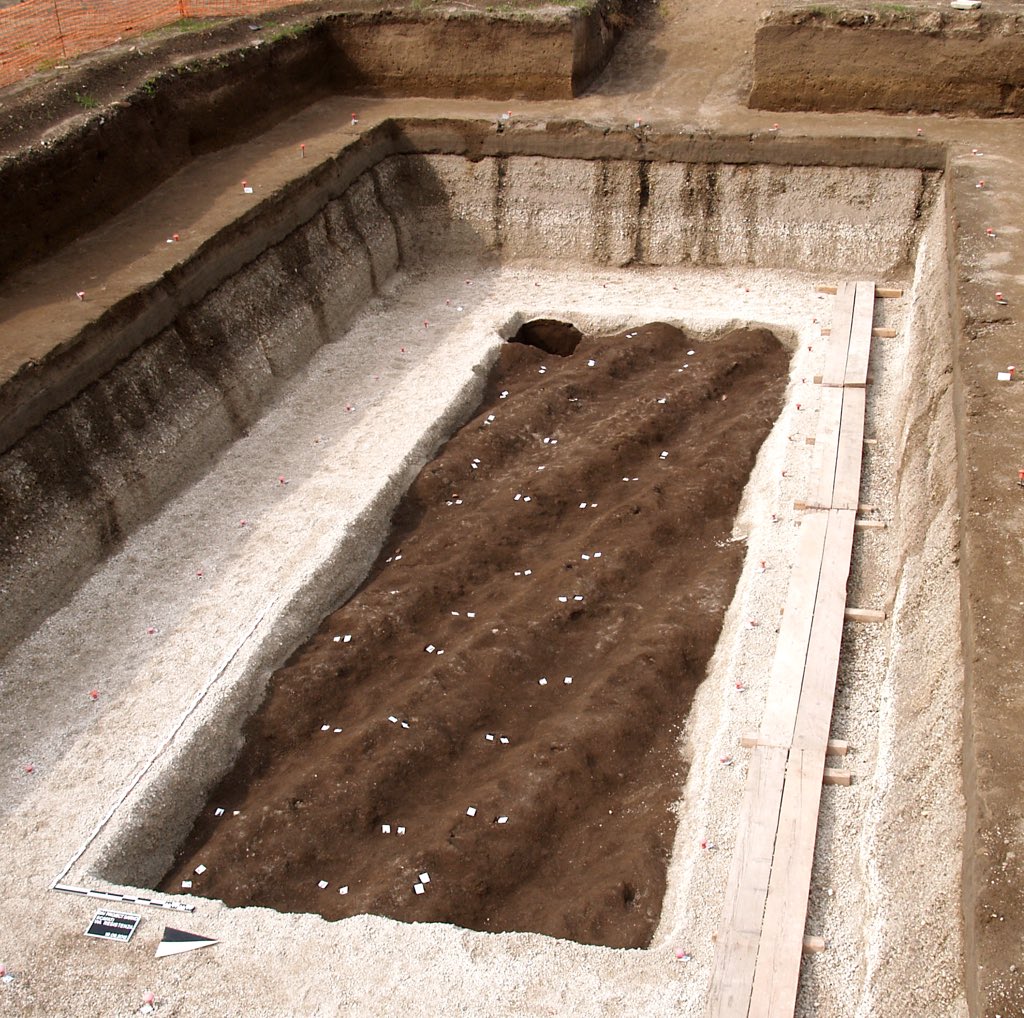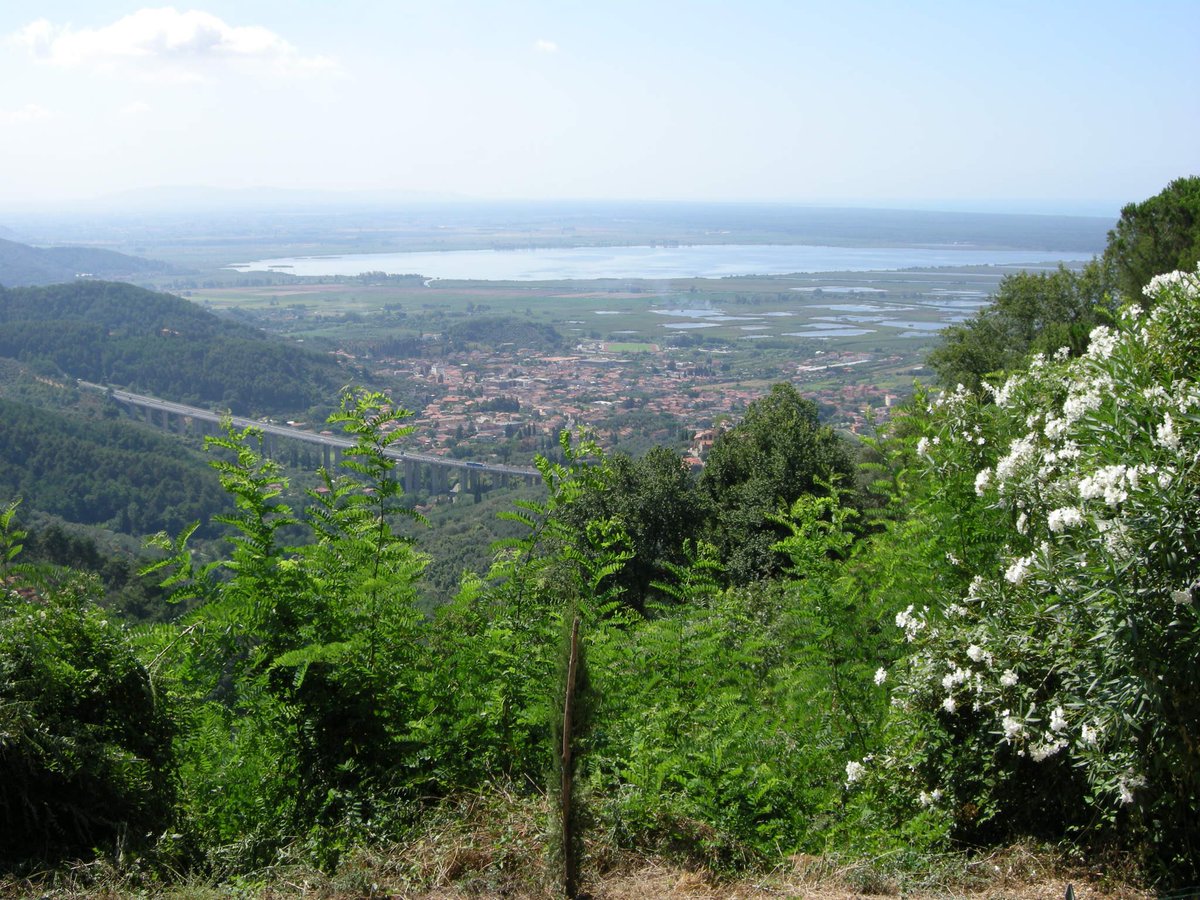
🚨PUBLISHED🚨
My overview and analysis of *all* the archaeological evidence for wine production in pre-Roman and #Roman Italy!
A highlight thread… 🧵
Full article OPEN ACCESS in the American Journal of Archaeology: doi.org/10.1086/719697
My overview and analysis of *all* the archaeological evidence for wine production in pre-Roman and #Roman Italy!
A highlight thread… 🧵
Full article OPEN ACCESS in the American Journal of Archaeology: doi.org/10.1086/719697
The first attempt to combine all disparate forms of evidence in Italy, we start pre-Roman. Localised grape exploitation and experimentation probably occurred to a greater extent in Italy than historically accepted, alongside Caananite, Phoenician and Greek influence. /2 

The latest evidence indicates vine cultivation increasingly likely from the Final Bronze Age, & exploitation of various forms present perhaps as early as the Neolithic. The paper aims to reframe these terms in a consistently rigorous manner with multidisciplinary datasets. /3
We now have larger datasets of ancient vineyards at our disposal and the paper explores these across the peninsular. Including this particularly well preserved example recently discovered at Scafati, near #Pompeii. /4 

Evidence of vine growing from geophysical prospection, and the use of tools and cultivation techniques, is discussed, illustrated also by art, relief and motif. /5 

Next, a comprehensive overview of all the evidence for winemaking in Italy is given - starting with treading areas and moving through to presses and cellaring facilities. Broad distribution maps are provided for each aspect of production. /6 

Palmenti, or rock-cut treading areas, remain difficult in terms of date & use lifecycles. Emphasis is also given to the many treading areas made of organic materials that no longer survive, impacting spatial, chronological and socio-economic understanding. /7
The various features, and a thorough listing, of all press facilities for wine in Italy follows. The importance of future research in this area is emphasised, including a more holistic and rigorous classification of Italian presses. /8 

Traditionally accepted regional and typological classifications are no longer so, and the distribution maps clearly show the widespread nature of these press types in Roman Italy. /9
Finally, cellaring facilities (cella vinaria), w/dolia & related features are discussed across Italy. Of note is the recently excavated winery and cella at the Villa of the Quintili, truly exceptional in luxurious nature and design (📷 Villa Regina and Insula 2.5, Pompeii) /10 



Conclusions highlight that wine production continued to flourish in Italy past the 5th century CE and likely into the Middle Ages, but in diff forms and purposes. Also the valuable nature of winery equipment, often reused over hundreds of years. /11
Future research directions are suggested, including less focus on ‘monumental’ and ‘big’ production, but a focus on invisible productions and labour forces - acknowledging the ever-contextualised, wide spectrum of viniculture in antiquity. /12
• • •
Missing some Tweet in this thread? You can try to
force a refresh


















